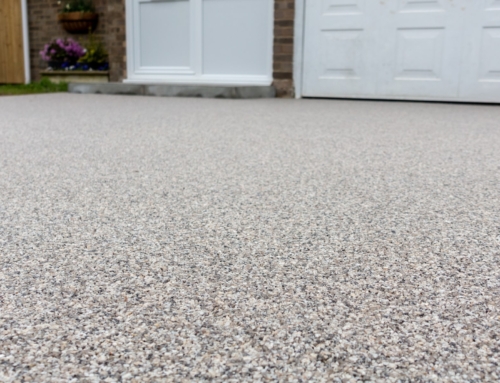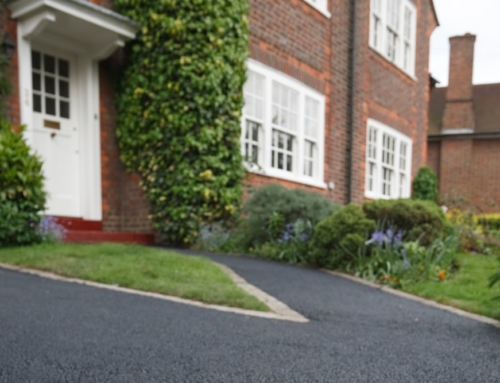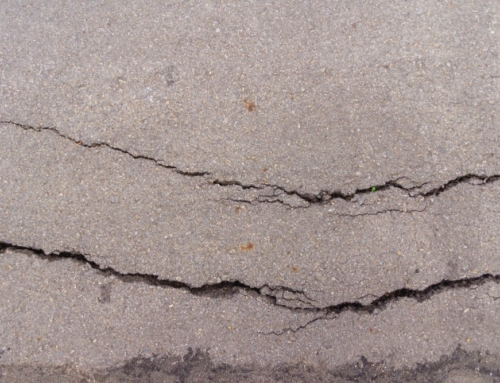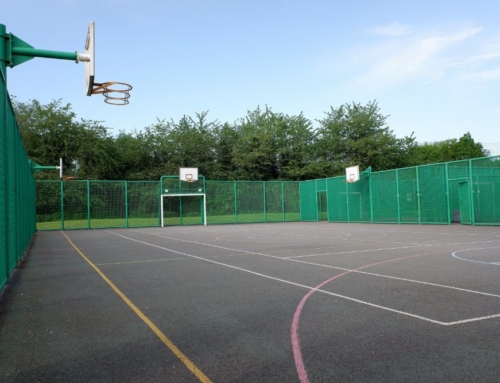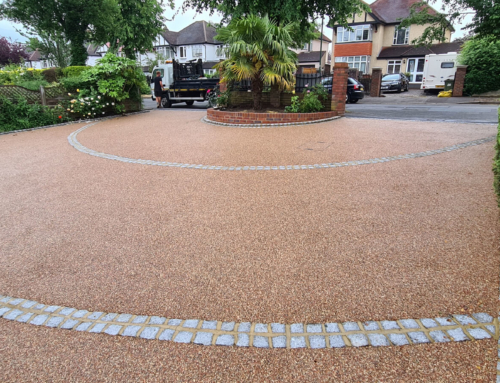How to ensure good drainage when laying a new surface
When resurfacing spaces such as driveways, roads or even patios, it’s easy to focus on what the materials will look like and whether they’re durable enough to withstand the planned use. However, good drainage is essential when laying a surface to ensure you don’t start to encounter issues, such as water pooling.
Here’s everything you need to know.
Why do outdoor surfaces need good drainage?
In the UK, we experience a wide range of weather conditions, from heatwaves and rainfall to wind and snow. Materials used for outside applications such as surfaces must tolerate these extremes. If not, you’ll soon start to see the consequences.
Water drainage is a hot topic when it comes to resurfacing areas such as driveways, patios and roads. Those laid without adequate drainage will encounter problems such as large puddles, making the surface unsafe while leaving large volumes of water flowing towards properties, gardens and roads.
This will then lead to further issues, such as faster wear and tear of surface materials like block paving or tarmac, as well as unsightly, muddy surfaces.
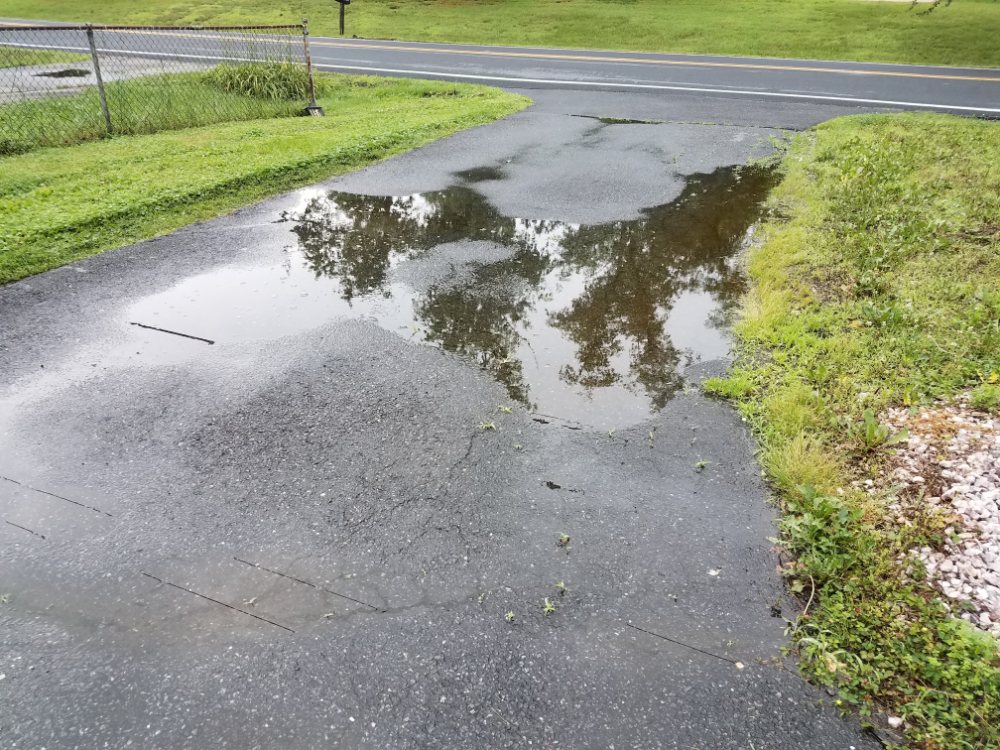
Is there legislation covering surface drainage?
Surface water flooding is a huge risk for many households and property owners in the UK, affecting anything from the day-to-day running of businesses to the costs of managing a home, especially if any damage is caused.
Unfortunately, surface water flooding is a growing problem, so it’s vital that we ensure the risks are minimised, whether looking at existing infrastructure or new developments.
Government legislation covers a variety of areas in this arena, including the need for adequate rainwater drainage from paved areas around a building, as outlined in Approved Document H.
How do you ensure good drainage when laying a surface?
While it may seem like a simple option, channelling excess water towards public drains isn’t always the answer. Most surfaces will need to be laid in such a way that rainwater can be absorbed into the ground near to where it falls.
When you use a reputable contractor, they will use various means to ensure good surface drainage. For example, this may include surfacing a driveway or patio with a slight gradient if the water can be directed towards a good collection point, such as a grassy area.
Another common option is to use a permeable material for the application. A good example is a gravel driveway, where rainwater can still absorb into the ground.
Get more advice about surface drainage
Do you need a space resurfacing due to drainage issues? Speak to the team at UK Surfacings. We’re a trusted contractor in South London and Surrey, offering our services in Banstead, Cheam and beyond. Our expertise covers driveway resurfacing, road repairs and groundworks.
For more information and surfacing advice, speak to our friendly, knowledgeable team. You can contact us now by calling 0800 859 5354.

